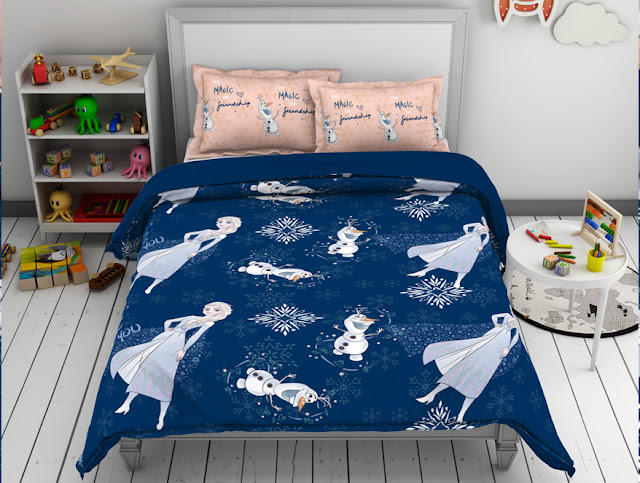The Ultimate Buying Guide for Duvet Protector
A duvet is referred to as a lightweight cover that is made from feather and down, or poly-fibre filling that provides an insulating option for bedding. They have simple designs and are always used with a variety of beautiful covers that increase the aesthetics of interiors and bedding, are easy to wash and wear as well as provide protection. A variety of duvet covers are available composed of different fabrics carrying various styles.
Buying Guides for Duvet Protector
A bedroom is a place that is considered to be one’s comfort zone to live and relax, so choosing the right duvet covers has major contributions to it. Following aspects of the duvet protector should be kept in mind while looking for it in the market.
Sizes of Duvet Protector
Duvet protectors need to match and fit the duvets and are available in different sizes which are as follows:
- Single duvet protector is of 3 ft and 123 × 200 cm approximately
- Double duvet protector is of 3 ft 6 inches and 200 × 200 cmapproximately
- King size duvet protector is of 5 ft and 230 × 220 cm approximately
- Super-king size duvet protector is 260 × 220 cm approximately
- Emperor duvet protector is with largest size with 290 × 235 cm approximately
Types of Filling Materials Used in Duvet Protectors
A duvet protector is required to reflect the way of your sleeping patterns. For this purpose different materials are used while making duvet protectors. If one needs to get cold, then polyester-made duvet covers should be preferred. In contrast, if it tends to get warm, cotton fibre should be used as a material in a duvet protector. Some of the materials used in duvet protectors are listed below:
Down Types
- Goose down
- Duck down
Alternative Fill Materials
- Polyester
- Cotton
- Polyester sateen
- Poly-cotton
- Wool
Styles of Duvet Covers
Duvet covers possess the following styles which add beauty to their appearance.
- Applique
- Printed
- Quilted
- Embroidered
- Seersucker
Thread Count
It refers to the number of threads used per square inch of the woven fabric required to make a duvet cover. The softness of your duvet protector depends on the thread count. The higher thread count adds more softness to your protector and vice versa.
Allergies
Those people who are prone to any sensitivity or allergic reactionmust have a proper check on the material used in duvet protectors while looking for their required duvet protectors. Duvet covers with greater cotton contents are best for people suffering from various allergies. Similarly, bed linen is best against dust mites and bacteria.
Why is a Duvet Protector Necessary?
Besides the aesthetic role of duvet protector, it has become a necessity as it prolongs the life of comforters, mattresses, and pillows. Moreover, it ensures your comfort by providing more hygienic and sound sleep experiences, so it is essential to choose the right duvet cover due to its major contribution. It always keeps the duvet cleanand adds one’s personal touchto his room.




Comments
Post a Comment